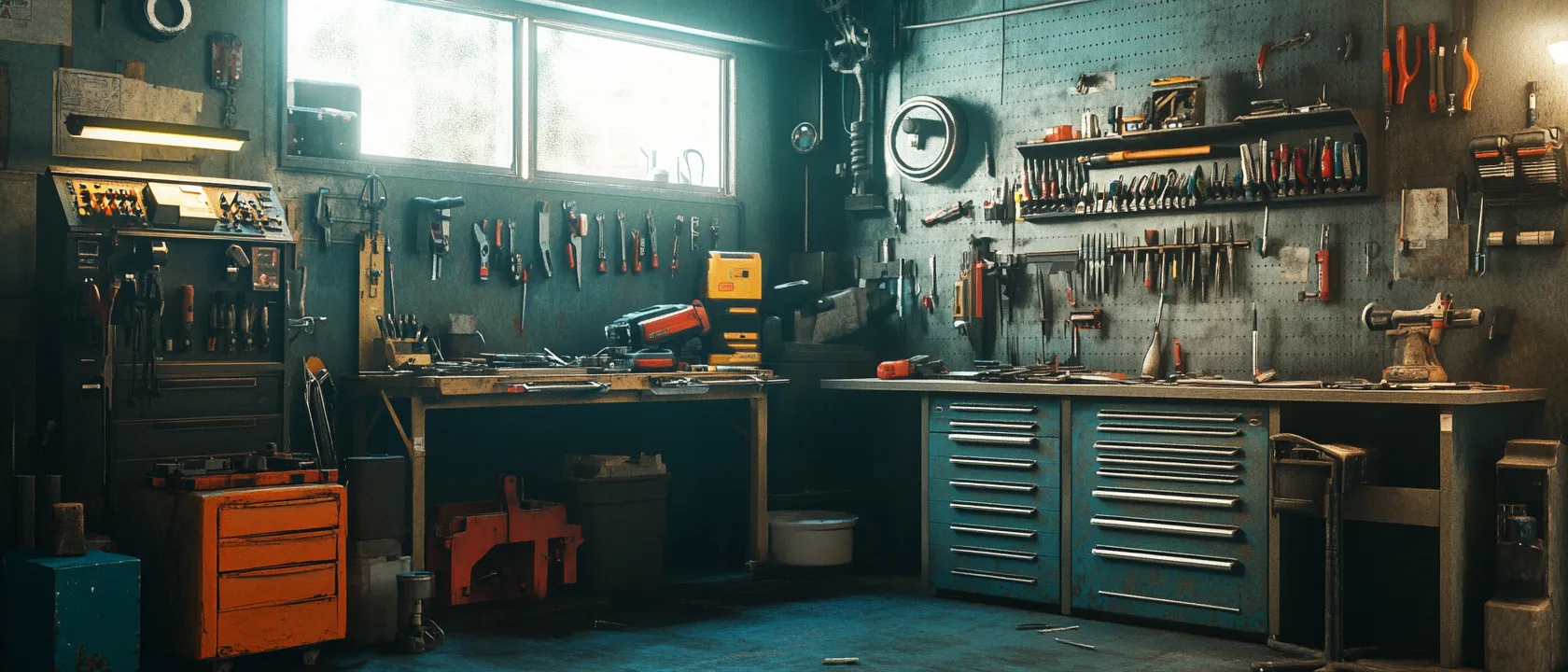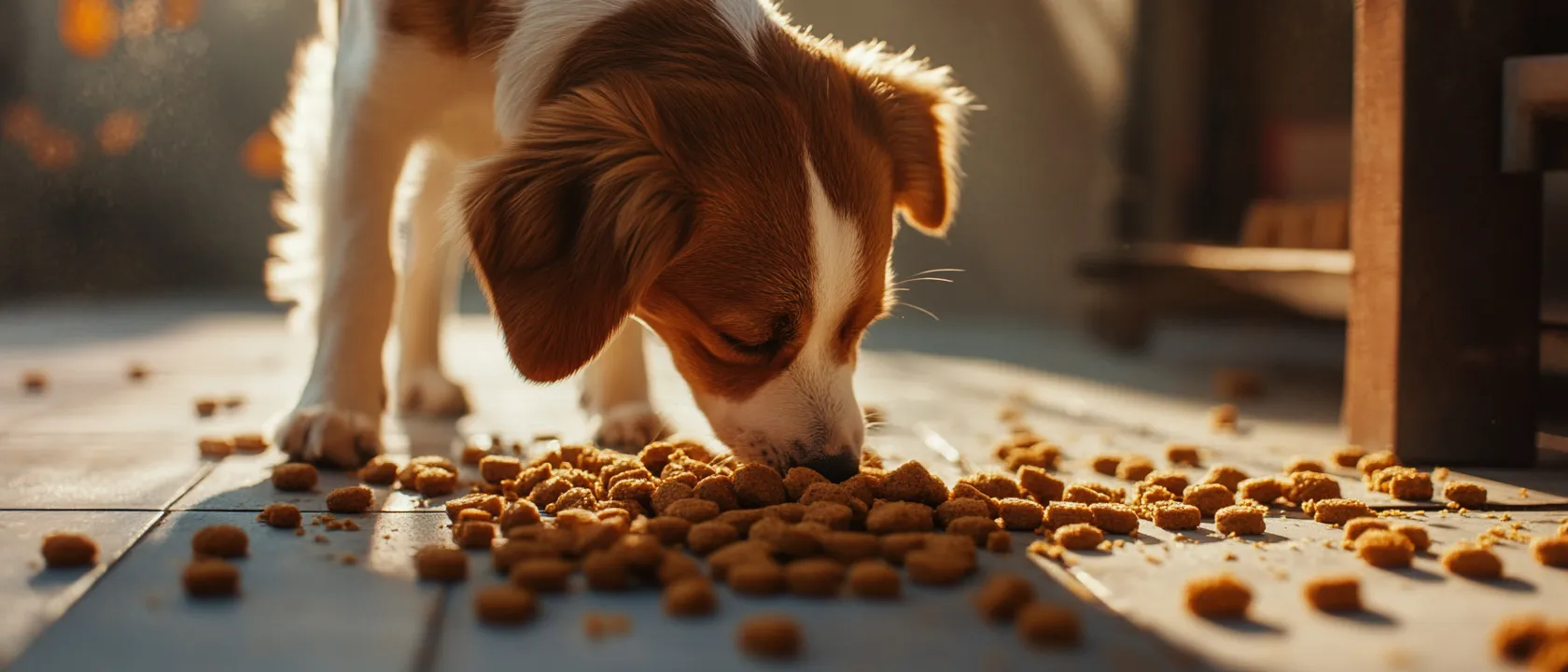The allure of iconic designer furniture pieces is undeniable—the sculptural elegance of an Eames lounge chair, the architectural precision of a Barcelona chair, or the organic curves of a Noguchi coffee table represent not just functional objects but artistic expressions that have defined interior design for generations. Yet the reality remains that authentic pieces from premium design houses frequently command prices ranging from several thousand to tens of thousands of dollars, placing them firmly beyond reach for many design enthusiasts. This market reality has created a robust ecosystem of “designer dupes”—furniture pieces that closely emulate the aesthetic of iconic designs at a fraction of the price.
However, not all reproductions are created equal. While the market is flooded with inexpensive knockoffs that may look the part initially, many quickly reveal their inferior quality through premature structural failure, material degradation, and disappointing comfort. The key question becomes: which furniture alternatives genuinely deliver long-term value by combining design inspiration with authentic quality construction? This comprehensive guide examines quality-focused alternatives to iconic designer pieces, identifying options that balance aesthetic fidelity with structural integrity and material excellence.
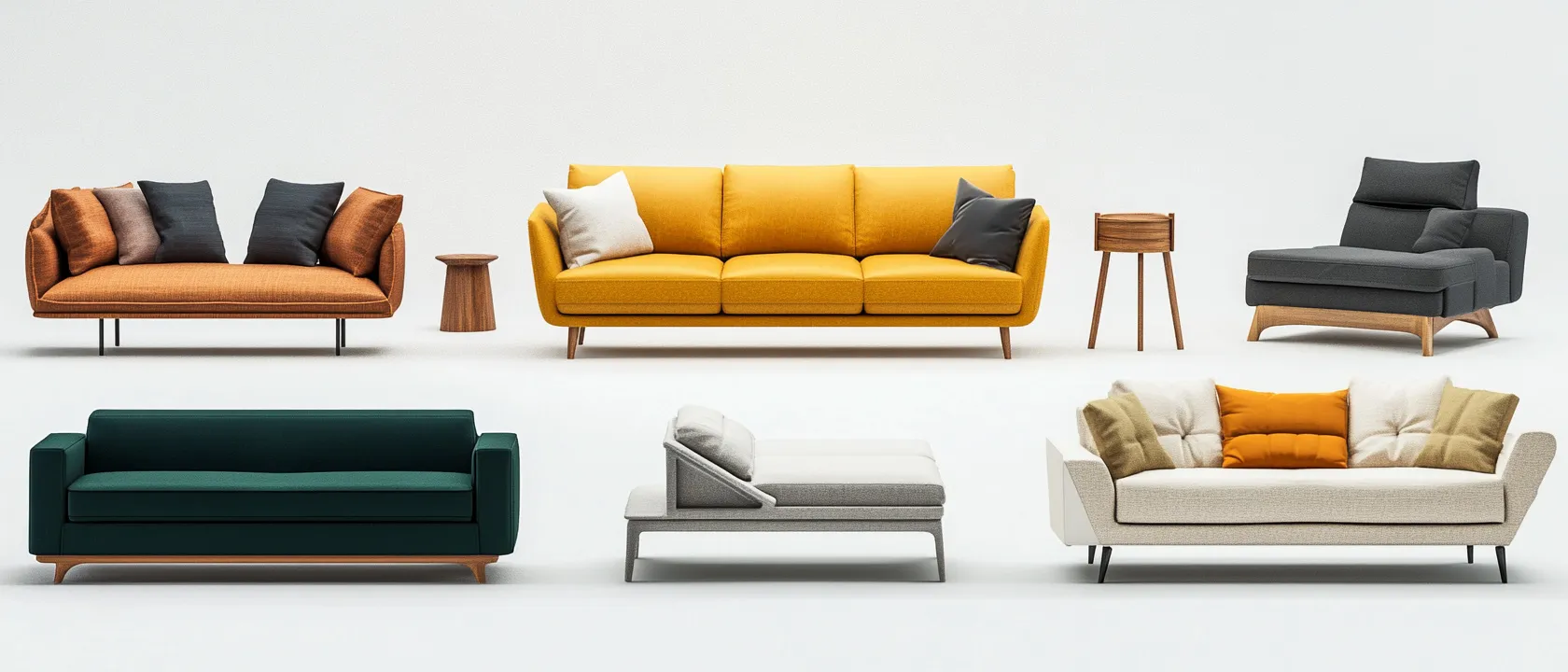
Understanding Quality in Furniture Construction: Beyond Surface Appearance
Before examining specific alternatives to iconic designs, it’s essential to establish the criteria that separate quality reproductions from disposable imitations:
Frame Construction: The Invisible Foundation
The structural integrity of any furniture piece begins with its frame, regardless of whether it’s visible:
Solid Wood Frames provide superior strength and longevity compared to engineered wood alternatives. Quality alternatives use kiln-dried hardwoods (maple, oak, walnut, ash) with proper joinery techniques including:
- Mortise and tenon joints rather than merely screwed connections
- Corner blocking for additional structural support
- Doweled or double-doweled joints at stress points
- Proper wood grain orientation for maximum strength
Metal Frames should feature:
- Appropriate gauge thickness for the intended load
- Welded connections rather than merely bolted in stress-bearing areas
- Proper finish application to prevent corrosion
- Reinforcement at connection points
Less visible but equally important are internal support systems such as sinuous springs or webbing platforms, which should be evenly tensioned and properly secured to prevent sagging over time.
Upholstery Materials and Methods
In seating furniture, the quality of comfort materials dramatically impacts both immediate comfort and long-term durability:
Foam Quality varies enormously, with density (measured in pounds per cubic foot) serving as the primary indicator of durability. Quality alternatives use:
- High-resilience foam with densities of 1.8-2.5 lbs/ft³ for seat cushions
- Multiple density layers to create appropriate support gradients
- Proper compression ratings for the intended use
Cushion Construction should include:
- Foam wrapping with fiber or down alternative for softness without sacrificing support
- Sewn channels or compartments to prevent filling migration
- Reversible designs where appropriate to ensure even wear
Fabric Selection impacts both aesthetics and longevity, with quality alternatives featuring:
- Higher thread counts and tighter weaves for durability
- Double-rub ratings appropriate for the intended use (15,000+ for residential)
- Proper pattern matching at seams and transitions
- UV resistance for pieces placed near windows
Material Authenticity and Appropriate Substitutions
Quality alternatives often make thoughtful material substitutions that preserve the essential character while enhancing durability or reducing cost:
Wood Species selections balance appearance with performance characteristics. While original designs might use exotic species, quality alternatives often substitute domestic hardwoods with similar grain patterns and properly matched stains.
Leather Quality is particularly variable, with many inexpensive reproductions using bonded leather that quickly deteriorates. Quality alternatives feature:
- Full-grain or top-grain leather rather than split, bonded, or “vegan” alternatives
- Appropriate thickness (3-4 oz for most upholstery applications)
- Aniline or semi-aniline dyeing processes that preserve natural character
- Proper seam construction with reinforcement at stress points
Metal Finishes should demonstrate attention to detail with:
- Multi-step finishing processes rather than simple spray coatings
- Proper preparation including degreasing and priming
- Protective clear coats to prevent oxidation and wear
- Consistent application without drips or uneven coverage
With these quality benchmarks in mind, let’s examine specific iconic designs and their most substantive alternatives across various furniture categories.
Seating Alternatives: From Iconic Chairs to Quality Reproductions
Some of the most recognizable designer pieces are seating elements that combine distinctive aesthetics with ergonomic innovation.
The Eames Lounge Chair and Ottoman
Originally designed by Charles and Ray Eames in 1956 for Herman Miller, the authentic version currently retails for $5,000-7,000 depending on wood veneer and leather selections.
Quality Alternative: Poly & Bark Lounge Chair and Ottoman ($1,700-2,000)
Poly & Bark has established itself as a manufacturer focused on quality reproductions that prioritize structural integrity over merely visual similarity. Their Eames-inspired lounge chair features:
- 7-ply laminated plywood shells with genuine wood veneers (walnut or palisander options)
- High-grade Italian leather in full-grain or aniline options
- Die-cast aluminum base with proper reinforcement
- Dimensionally faithful to the original design
- Appropriate cushion density and positioning
While still representing a significant investment, this alternative delivers approximately 70-80% of the authentic experience at roughly one-third the cost. Customer reviews consistently highlight the structural quality and comfort comparable to the authentic piece, with most criticisms focusing on minor finishing details rather than substantive concerns.
The Barcelona Chair
Designed by Ludwig Mies van der Rohe for the 1929 International Exposition in Barcelona and now produced by Knoll, authentic versions retail for approximately $6,000-8,000.
Quality Alternative: France & Son Barcelona Style Chair ($1,300-1,500)
France & Son has focused their reproduction on maintaining the precise proportions and structural elements that define the original’s architectural presence. Their version includes:
- Individually cut and sewn leather panels with proper cushion segmentation
- High-quality 304 stainless steel frame with appropriate thickness
- Hand-welded and hand-polished frame with consistent finish
- Full-grain leather options with proper buttoning technique
- Proper tensioning in the supporting straps
The most significant distinction from the original lies in subtle variations of the leather cushioning and slightly less refined welding transitions. However, the structural integrity and overall aesthetic impact remain remarkably faithful, delivering a piece that will maintain its appearance and functionality for decades rather than years.
The Womb Chair
Eero Saarinen’s organic masterpiece for Knoll (1948) creates a distinctive sculptural presence while delivering exceptional comfort. Authentic versions range from $4,000-6,000 depending on fabric selection.
Quality Alternative: Rove Concepts Aero Chair ($1,800-2,200)
Rove Concepts has established a reputation for meticulous attention to the ergonomic details that make iconic chairs truly comfortable beyond their visual appeal. Their Saarinen-inspired design features:
- Fiberglass-reinforced resin shell with proper thickness for flexibility without sagging
- High-resilience multi-density foam with proper gradation for the distinctive comfort
- Hand-sewn upholstery with optionally upgraded fabrics rated for 50,000+ double rubs
- Stainless steel base with proper gauge and finish
- Structurally reinforced frame connection points
This alternative comes closest to the authentic experience in terms of comfort, with the curves and support points carefully engineered to match the original’s exceptional ergonomics. The higher price point compared to other alternatives reflects this focus on functional fidelity rather than merely visual similarity.
Table and Storage Alternatives: Form with Function
Beyond seating, many iconic table and storage designs have achieved legendary status for their distinctive aesthetic contributions.
The Noguchi Coffee Table
Isamu Noguchi’s sculptural 1944 design for Herman Miller, featuring a glass top balanced on an interlocking wooden base, retails authentically for $2,000-2,500.
Quality Alternative: Modway Triangle Coffee Table ($600-700)
Modway’s interpretation preserves the essential balance and sculptural quality of the original while enhancing stability. Their version features:
- 19mm tempered glass with properly polished edges (slightly thicker than original)
- Solid wood base (ash or walnut options) with proper joinery
- Slightly reinforced connection between base elements for enhanced stability
- Faithful proportions maintaining the original’s visual lightness
- Proper balance points between glass and base
The most notable quality enhancement over many cheaper imitations is the solid wood construction (avoiding engineered wood or veneered alternatives) and the heavier glass specification, which together create a piece that should maintain its structural integrity for decades of use.
The Eames Storage Unit (ESU)
Charles and Ray Eames’ modular storage system from 1950 combines industrial materials with playful color for distinctive functional storage. Authentic versions from Herman Miller range from $3,000-6,000 depending on configuration.
Quality Alternative: Modernica Case Study Storage Unit ($1,500-2,000)
Modernica has focused on maintaining the industrial authenticity and material honesty of the original design while ensuring contemporary durability. Their version includes:
- Zinc-plated steel frame with proper gauge and welding
- Perforated metal panels matching original pattern specifications
- Finger-jointed wood drawers with proper slides
- Genuine birch plywood components with appropriate thickness
- Powder-coated finish more durable than the original’s paint
What distinguishes this alternative from lesser imitations is the faithfulness to the original’s industrial-grade construction methods while incorporating subtle improvements in drawer mechanisms and metal finishes that enhance longevity without compromising aesthetic integrity.
The Saarinen Tulip Table
Eero Saarinen’s revolutionary 1956 pedestal table for Knoll eliminated the “slum of legs” with its sculptural base and clean silhouette. Authentic versions range from $2,500-3,500 depending on size and material.
Quality Alternative: Poly & Bark Daisy Table ($700-900)
Poly & Bark’s interpretation succeeds by focusing on the structural engineering that makes the seemingly precarious single-pedestal design actually stable and durable. Their version features:
- Cast aluminum base with proper weight distribution
- Reinforced connection between base and tabletop
- Genuine marble option with appropriate thickness and edge detailing
- Properly balanced proportions matching the original dimensions
- High-quality finish with multiple coat application
The engineering of the base represents the most crucial quality factor in this design, as improper weight distribution or connection methods quickly lead to wobbling or failure. This alternative addresses these structural concerns while maintaining the visual lightness that defines the original’s appeal.
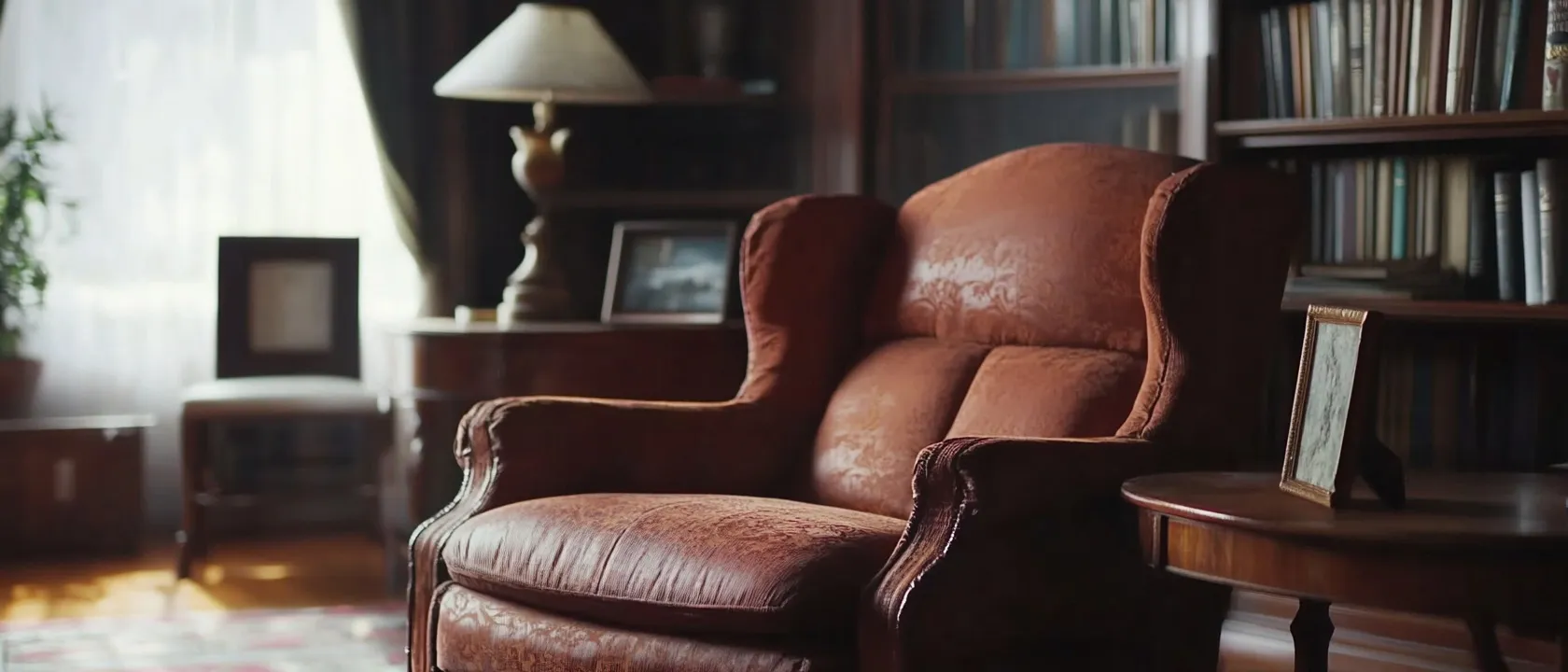
Lighting Alternatives: Illuminating Quality
Iconic lighting designs often command extraordinary premiums despite relatively straightforward construction, making this category particularly rich with quality alternatives.
The Arco Floor Lamp
Achille and Pier Giacomo Castiglioni’s 1962 masterpiece for Flos creates a dramatic arc with a marble base counterweight. Authentic versions retail for $3,000-4,000.
Quality Alternative: France & Son Arco Style Lamp ($700-900)
France & Son has engineered their version to deliver the dramatic visual impact of the original while ensuring practical stability and longevity. Their interpretation includes:
- Genuine marble base with proper weight and dimensions
- Stainless steel arc with appropriate gauge and finish
- Properly reinforced connection between marble and metal elements
- Articulating shade with faithful proportions
- Updated wiring to meet contemporary safety standards
The substantial marble base represents a significant quality marker, as lesser alternatives often substitute lighter stone or composite materials that compromise both stability and visual authenticity. This alternative maintains both the dramatic aesthetic presence and the functional stability that defined the original’s innovation.
The PH5 Pendant Lamp
Poul Henningsen’s mathematical masterpiece from 1958 for Louis Poulsen uses precisely positioned shades to create glare-free illumination. Authentic versions retail for $1,000-1,500.
Quality Alternative: Stilnovo PH Style Pendant ($400-500)
Stilnovo’s interpretation maintains the precise geometric relationships that make the original both visually distinctive and functionally exceptional. Their version features:
- Aluminum shades with proper thickness and finishing
- Accurate proportional relationships between the shade elements
- Proper reflective interior surfaces for the intended light distribution
- Updated UL-listed electrical components
- Faithful color options including the classic white gradient
The quality difference emerges in the precision of the shade relationships and finishing details, with lesser alternatives often compromising the mathematical relationships that define both the aesthetic and functional qualities of the original. This alternative preserves these essential characteristics while delivering substantial cost savings.
Material Quality Differences: Where Authentic Pieces Still Excel
Despite the impressive quality of the best alternatives, certain aspects of authentic pieces remain difficult to fully replicate at lower price points:
Leather Patination and Character Development
The highest-end authentic pieces often feature proprietary leather finishing processes that create distinctive aging characteristics:
Eames Lounge authenticity marker: Herman Miller’s authentic versions use leathers specifically selected and finished to develop a distinctive patina that enhances character while maintaining structural integrity. Even the finest alternatives typically use more standardized leather that ages less gracefully.
Barcelona Chair authenticity marker: Knoll’s leather undergoes a proprietary aniline dyeing process that allows natural marking to remain visible while ensuring consistent color penetration. Quality alternatives approximate this effect but typically show more variation in how the leather wears over time.
Wood Veneer Selection and Matching
Authentic versions of wood-focused designs often feature extraordinary veneer selection:
Eames ESU authenticity marker: Herman Miller’s production involves extensive veneer selection to ensure consistent grain patterns and color matching across components. Even quality alternatives typically demonstrate more variation in wood grain and color consistency.
Noguchi Table authenticity marker: The authentic version features meticulously balanced wood grain orientation that enhances the sculptural quality. Alternatives generally use high-quality wood but with less attention to the artistic aspects of grain selection and orientation.
Finish Consistency and Depth
The multiple-stage finishing processes of authentic pieces often create subtle quality differences:
Arco Lamp authenticity marker: The authentic Flos version features a multi-stage polishing process for the stainless steel arch that creates exceptional reflectivity without visible polishing marks. Quality alternatives achieve good finishes but typically show subtle variations in reflection uniformity.
Saarinen Table authenticity marker: Knoll’s proprietary finishing process for the tulip base creates a distinctive depth and tactile quality through multiple layers of coating and hand-polishing. Alternatives achieve visual similarity but often feel slightly different to the touch.
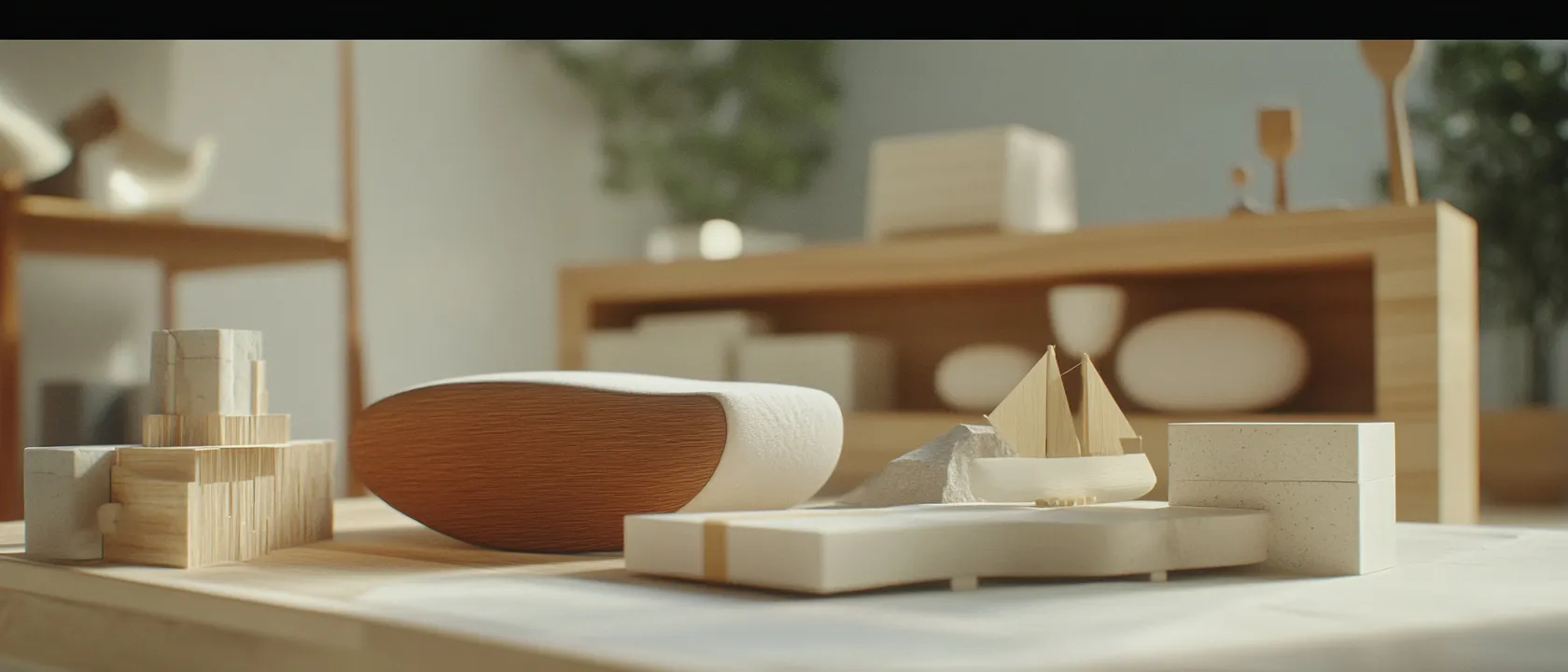
Making the Value Decision: When to Invest in Alternatives
Given both the strengths and limitations of quality alternatives, several factors should guide purchasing decisions:
Usage Intensity Considerations
The expected intensity of use should influence whether an alternative proves sufficient:
Daily intensive use (primary seating, frequently used tables) may justify authentic pieces for their marginally superior structural durability, particularly for larger individuals or households with children. However, quality alternatives from manufacturers like Poly & Bark and Rove Concepts generally prove fully adequate for normal residential use.
Occasional or decorative use (accent pieces, guest seating, display-focused items) makes quality alternatives particularly compelling, as the minor construction differences become essentially irrelevant for items experiencing limited physical stress.
Investment vs. Functional Perspective
Purchasing motivation significantly impacts value assessment:
Investment-focused acquisitions may still favor authentic pieces, as they typically maintain stronger resale value and may appreciate over time. The secondary market for authentic Herman Miller, Knoll, and similar manufacturers demonstrates relative price stability or appreciation.
Functionality-focused acquisitions strongly favor quality alternatives, as they deliver 80-90% of the authentic experience at 30-40% of the cost, representing substantially better functional value when appreciation potential isn’t a primary consideration.
Ethical and Legal Considerations
The reproduction furniture market includes both legitimate design-inspired alternatives and problematic counterfeits:
Transparent alternatives acknowledge their inspiration while establishing their own identity. Companies like France & Son, Poly & Bark, and Rove Concepts openly describe their pieces as “inspired by” or “-style” rather than claiming authenticity.
Deceptive counterfeits attempt to mislead through false labeling, unauthorized use of designer names, or claims of authenticity. These should be avoided not just for ethical reasons but also because companies engaging in deceptive practices typically cut corners on quality as well.
Conclusion: Finding the Quality/Value Sweet Spot
After comprehensive evaluation of both authentic designer furniture and their various alternatives, several clear patterns emerge:
The highest-quality alternatives deliver approximately 80-90% of the authentic experience at 30-40% of the cost, representing compelling value for most practical purposes. Brands including Poly & Bark, France & Son, Rove Concepts, and Modernica consistently demonstrate commitment to substantive quality rather than merely superficial similarity.
The primary advantages authentic pieces maintain include slightly more refined finishing details, potentially superior aging characteristics, and stronger investment potential. However, these differences rarely justify the dramatic price premium for purely functional considerations.
The most important quality factors in evaluating alternatives include:
- Frame construction methods and materials
- Upholstery density and construction techniques
- Joinery and connection point reinforcement
- Material thickness and appropriate gauge
- Finishing process thoroughness
For those seeking to create sophisticated interiors without extraordinary investment, the strategic approach involves selectively mixing authentic statement pieces with high-quality alternatives for secondary elements. This balanced approach delivers both design integrity and reasonable value while avoiding the false economy of truly inferior reproductions that ultimately require premature replacement.
The furniture market continues to evolve, with traditional distinctions between “authentic” and “reproduction” increasingly blurred by quality-focused manufacturers creating legitimate alternatives rather than mere copies. By understanding the substantive quality factors that truly impact longevity and performance, consumers can make informed decisions that balance aesthetic aspirations with practical budget considerations—achieving sophisticated interiors that not only look impressive initially but continue to provide satisfaction through years of actual use.



